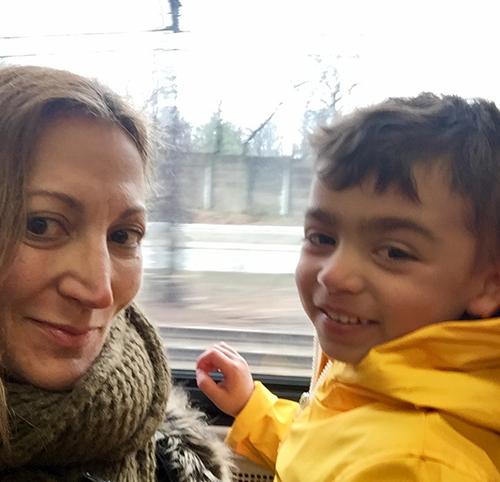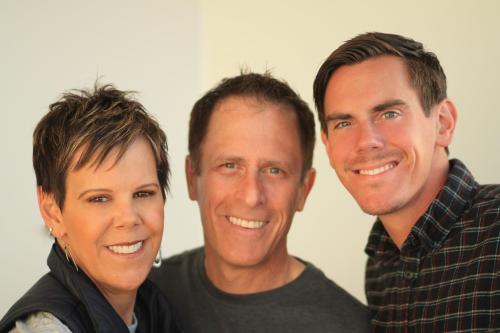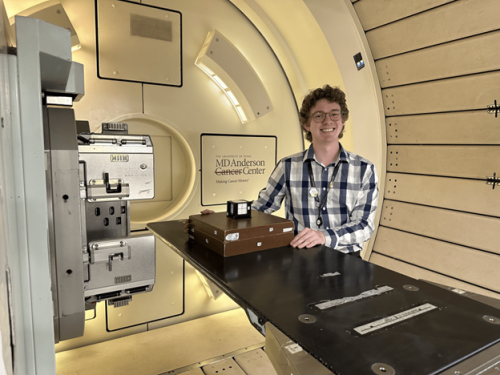
-
Understanding primary immunodeficiency (PI)

Understanding PI
The more you understand about primary immunodeficiency (PI), the better you can live with the disease or support others in your life with PI. Learn more about PI, including the various diagnoses and treatment options.
-
Living with PI
-
Addressing mental health
-
Explaining your diagnosis
- General care
- Get support
- For parents and guardians
-
Managing workplace issues
- Navigating insurance
-
Traveling safely

Living with PI
Living with primary immunodeficiency (PI) can be challenging, but you’re not alone—many people with PI lead full and active lives. With the right support and resources, you can, too.
-
Addressing mental health
-
Get involved

Get involved
Be a hero for those with PI. Change lives by promoting primary immunodeficiency (PI) awareness and taking action in your community through advocacy, donating, volunteering, or fundraising.
-
Advancing research and clinical care
-
Research Grant Program
-
Consulting immunologist
-
Diagnosing PI
-
Getting prior authorization
-
Clinician education
-
Survey research
-
Participating in clinical trials

Advancing research and clinical care
Whether you’re a clinician, researcher, or an individual with primary immunodeficiency (PI), IDF has resources to help you advance the field. Get details on surveys, grants, and clinical trials.
-
Research Grant Program
By Felicia Morton
No one goes through life unscathed, but some people manage to sail through incredible storms and live to tell the tale. Here is ours…

At three months old, my son, Sebastian, began to have a series of strange illnesses that sent us into a maze of confused doctors and specialists, until we finally got the diagnosis: chronic granulomatous disease (CGD). The only cure was a bone marrow transplant. We were immediately prescribed powerful medications to help ward off infections and a list of things to avoid. Up until that point, my husband and I had been a typical outgoing couple with all the trappings of our Manhattan life; but after Sebastian’s diagnosis, we receded into a bubble with him and our four-year-old daughter while we assessed our options.
Although most people have heard of bone marrow transplants, not many realize how hard it is to find a donor match or how risky the procedure is. The more we learned about the complications, the risk of life-long side effects, and the unspeakable worst-case scenario of death, the more difficult our decision became. I was thankful to be involved with IDF, which helped me evaluate all of the treatment options available.
After three years of fruitlessly searching for a bone marrow match around the world, we visited Duke University Hospital, which specializes in umbilical cord blood transplants for CGD. It was during this routine visit that, incredibly, doctors detected Sebastian’s first life-threatening infection. We were immediately whisked into the protective confines of the Pediatric Bone Marrow Transplant Unit, and put into isolation, and the air-tight, heavy doors clicked behind us. Sebastian needed a transplant very soon they said, but the best cord blood match they could find was a 4/6 match, the lowest possible match.
Although I had contemplated a transplant for Sebastian since the moment I knew it held the possibility of a cure, it was another thing altogether to have the prospect of it right before me. The terrible reality about any kind of stem cell transplant, whether it’s a bone marrow transplant or an umbilical cord blood transplant, is that the process involves bringing patients as close to death as possible by using heavy doses of chemotherapy. This, in effect, kills their immune system in order for the new donor cells to grow.
Sensing my high level of anxiety, a nurse looked me in the eye, and said, “You know, some patients seem to sail through transplant. I’ve seen it happen. No one knows exactly why or how, but they do.”
I had never heard this before, and it gave me hope. I visualized Sebastian sailing through an unforgiving sea in a small boat with me, in my boat, beside him. While the storm swirled around our little vessels, somehow we managed to avoid all of the treacherous waves that threatened to engulf us. I meditated and prayed with that image in mind, and I found a way forward. As my fears eased somewhat, I was able to focus on what I could do, rather than nurture my worst fears. I came across research from doctors at Memorial Sloan-Kettering that found complementary forms of therapy and mind-body practices such as massage, reflexology, aromatherapy, art therapy, and music therapy could help speed patients’ healing during transplant. I studied the methods and used these techniques daily to ease Sebastian’s pain and nausea from chemotherapy and to keep his spirits up.
Against incredible odds, Sebastian not only survived his stem cell transplant, he thrived. While it was extremely difficult and harrowing at times, Sebastian fought like an intrepid soldier through it all. Each day, no matter what, he tried his best to “play trains,” his all-time favorite activity. However, on the days when he was too weak to move, he could at least watch his beloved “Thomas & Friends” show on TV each day at 12:30 p.m. For those precious thirty minutes, I had my son back. Thankfully, Sebastian bounced back more quickly than imagined. In fact, according to his wonderful transplant team at Duke, led by Dr. Vinod Prasad, his outcome is in the best possible range, including those who have a fully-matched donor sibling.
They say he “sailed through.” Only God knows why we have been so fortunate. As the nurse had said, some patients do, and we all know what happens to those who do not. All I do know for sure is that Sebastian has a new chance at life. And, as it turns out, so do I, because I am filled with a profound sense of gratitude for having safely traveled through the worst storm imaginable with my son.
Thank you to Felicia and her family for sharing their incredible story.
Related resources
Sign up for updates from IDF
Receive news and helpful resources to your cell phone or inbox. You can change or cancel your subscription at any time.





The Immune Deficiency Foundation improves the diagnosis, treatment, and quality of life for every person affected by primary immunodeficiency.
We foster a community that is connected, engaged, and empowered through advocacy, education, and research.
Combined Charity Campaign | CFC# 66309




